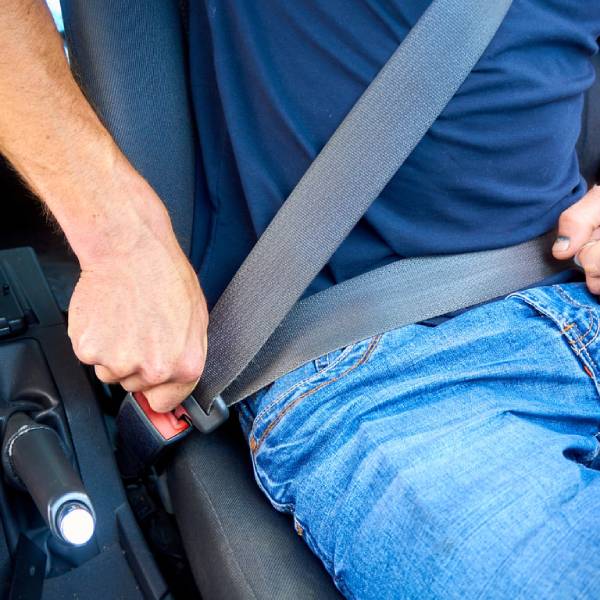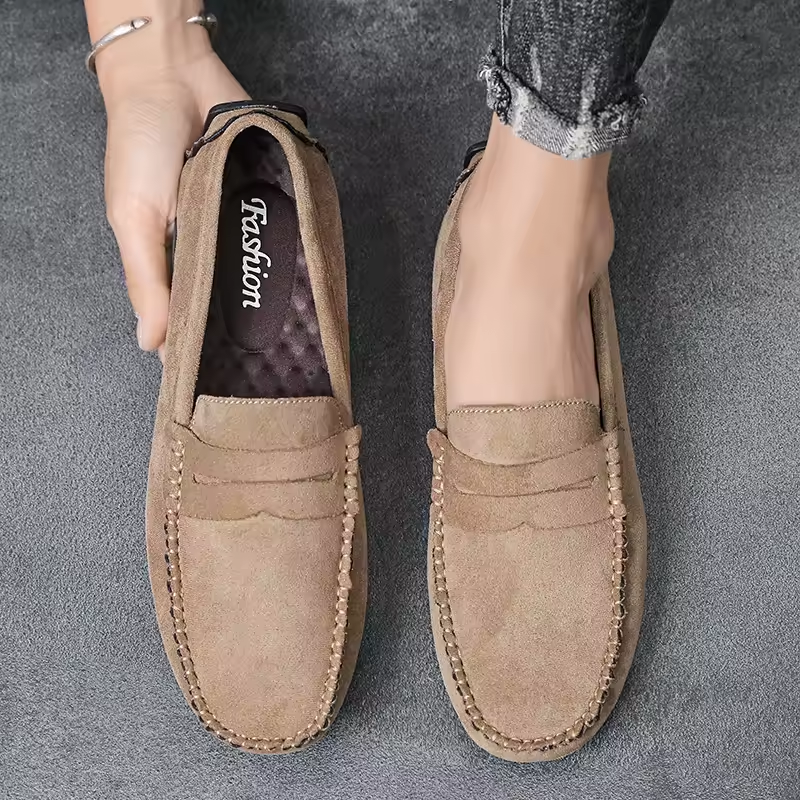What Are Belt Bruises?
The Nature of Belt Bruises
Belt bruises are the physical marks that result from the impact of a belt on the body. These marks can arise in situations where an individual is struck with a belt, whether as a form of discipline or through an unfortunate accident. The appearance of belt bruises can vary widely, with their shape and size being influenced by the type of belt and the force exerted during the impact. Recognizing the characteristics of belt bruises is important, as it can help in addressing the potential physical and emotional consequences associated with them.

Addressing the Implications of Belt Bruises
Understanding the causes and appearances of belt bruises is crucial for their proper management. These bruises can have significant implications for both physical and emotional health. On a physical level, they may indicate the severity of the impact and could potentially signal underlying tissue damage. Emotionally, belt bruises can be a source of distress, particularly if they are a result of abusive behavior. By acknowledging the presence of belt bruises and seeking appropriate care, individuals can take steps to heal and recover from the experience. This includes seeking medical attention for the physical injuries and emotional support to cope with any psychological effects.
The Causes of Belt Bruises
The Origins of Belt Bruises
Belt bruises can emerge from a variety of scenarios, with physical punishment being a common cause. In some cultures, it’s not uncommon for parents or guardians to use belts as a disciplinary measure. This method, however, can result in more than just physical harm. The emotional and psychological effects of such punishment can be long-lasting and damaging. It’s important to consider alternative, non-violent forms of discipline to avoid the negative consequences associated with physical punishment.
Accidental Causes of Belt Bruises
Aside from intentional acts, belt bruises can also occur accidentally. Mishaps during sports or other physical activities can lead to impacts that result in these bruises. For instance, an errant swing in a sport like golf or an unexpected fall during a martial arts practice might cause the belt to strike the skin with enough force to leave a mark. In these cases, the bruises are an unfortunate byproduct of engaging in active lifestyles and do not carry the same connotations as those resulting from physical punishment. Regardless of the cause, it’s essential to address the injuries properly and seek medical attention if necessary to ensure healing and prevent complications.
Recognizing the Symptoms of Belt Bruises
Identifying the Signs of Belt Bruises
Recognizing belt bruises is crucial for ensuring timely intervention and appropriate care. These bruises often present as dark spots on the skin, initially appearing red or purple. Over time, they may evolve through various shades of blue, yellow, or green as the healing process progresses. It’s common for the area surrounding a belt bruise to become swollen, and the individual might experience discomfort, pain, or tenderness. Monitoring these symptoms is important, as persistent discomfort warrants seeking medical advice to prevent complications and promote proper healing.

The Importance of Medical Consultation for Belt Bruises
When it comes to belt bruises, it’s essential to be vigilant about any persistent discomfort or changes in the appearance of the bruise. Seeking medical advice is always advisable, especially if the pain or swelling does not subside. A healthcare professional can assess the severity of the bruise and provide guidance on the best course of action for treatment. This may include recommendations for pain management, application of cold compresses, or in more severe cases, further medical intervention. Early detection and consultation can significantly impact the recovery process and help prevent any long-term issues related to the injury.
The Psychological Effects of Belt Bruises
The Emotional Impact of Belt Bruises
Belt bruises can have a profound emotional impact that often extends beyond the physical injuries. Individuals subjected to physical punishment might experience feelings of shame and humiliation. These emotional scars can be deep and long-lasting, potentially leading to the misassociation of love with pain. This distorted perception can result in long-term emotional issues that affect their relationships and self-esteem. It is essential to recognize these psychological effects when considering the full implications of belt bruises.
Psychological Ramifications in Children
The psychological consequences of belt bruises can be particularly damaging in children. Experiencing physical punishment can lead to anxiety and a diminished trust in authority figures. This lack of trust can have far-reaching effects on a child’s development and their ability to form healthy relationships. Understanding these ramifications is crucial for addressing the broader implications of belt bruises, which go beyond the physical marks left on the skin. It is vital to promote alternative, non-violent disciplinary methods to protect the emotional well-being of children and prevent the development of lasting psychological issues.
Preventing Belt Bruises in Disciplinary Contexts
Prioritizing Prevention and Open Communication
Preventing belt bruises is a crucial responsibility for all caregivers. Establishing boundaries without violence starts with open communication. Parents can adopt positive reinforcement techniques, which focus on encouraging good behaviors instead of punishing bad ones. This approach not only fosters a more positive environment but also has been shown to be more beneficial for a child’s emotional development. By promoting understanding and respect, caregivers can create a nurturing space that discourages the use of physical punishment.

Educating on the Psychological Impacts
In addition to promoting positive reinforcement, it’s essential to educate guardians about the psychological impacts of physical punishment. Understanding the potential for long-term emotional and behavioral issues can help caregivers make more informed decisions about discipline.
Education on this topic can lead to the adoption of healthier disciplinary practices that prioritize the well-being of the child. By raising awareness and providing alternative methods of guidance, the cycle of physical punishment can be broken, ensuring a safer and more supportive environment for children to grow and thrive.
Education on healthy disciplinary practices, rather than focusing on What Size Belt Should I Get?, can foster a nurturing environment, prioritizing child well-being and promoting non-violent forms of guidance and support.
Seeking Medical Help for Severe Cases
In cases where belt bruises appear severe, immediate medical attention is necessary. A healthcare professional can assess the injury, ensuring that no internal damage has occurred. They can recommend treatments to reduce pain and promote healing. If the bruises are a result of abuse, medical professionals should report the case to appropriate authorities. This action protects the victim and helps prevent future incidents.
In instances of severe belt bruises, swift medical intervention is essential, and for nursing students, carrying essential tools in their Nursing School Bags may include items that could provide initial care until professional help arrives. Reporting abuse to authorities by medical personnel is a critical step in safeguarding victims and averting further harm.
The Importance of Education on Physical Discipline
Education plays a pivotal role in mitigating the occurrence of belt bruises. Workshops and community programs can teach caregivers about the effects of physical punishment. These resources can provide alternatives for discipline that do not involve physical harm. Schools and community centers should promote awareness of the psychological impacts of such actions. Understanding the long-term consequences can change perspectives and reduce the frequency of belt bruises. Education is crucial in preventing Belt Beating; by raising awareness through workshops and community programs, we can offer non-violent disciplinary methods and reduce the incidence of physical punishment.
Conclusion: The Path Forward
Belt bruises signify a troubling issue that extends beyond physical injury. They carry emotional burdens that can last for years. Through education, open discussion, and a commitment to non-violent discipline, we can work towards eliminating this issue. The future lies in fostering healthier relationships, guiding loving discipline methods, and prioritizing emotional well-being. Each step towards prevention brings us closer to a community that values respect, understanding, and compassion. Let us move forward together, leaving behind the stigma of belt bruises.












